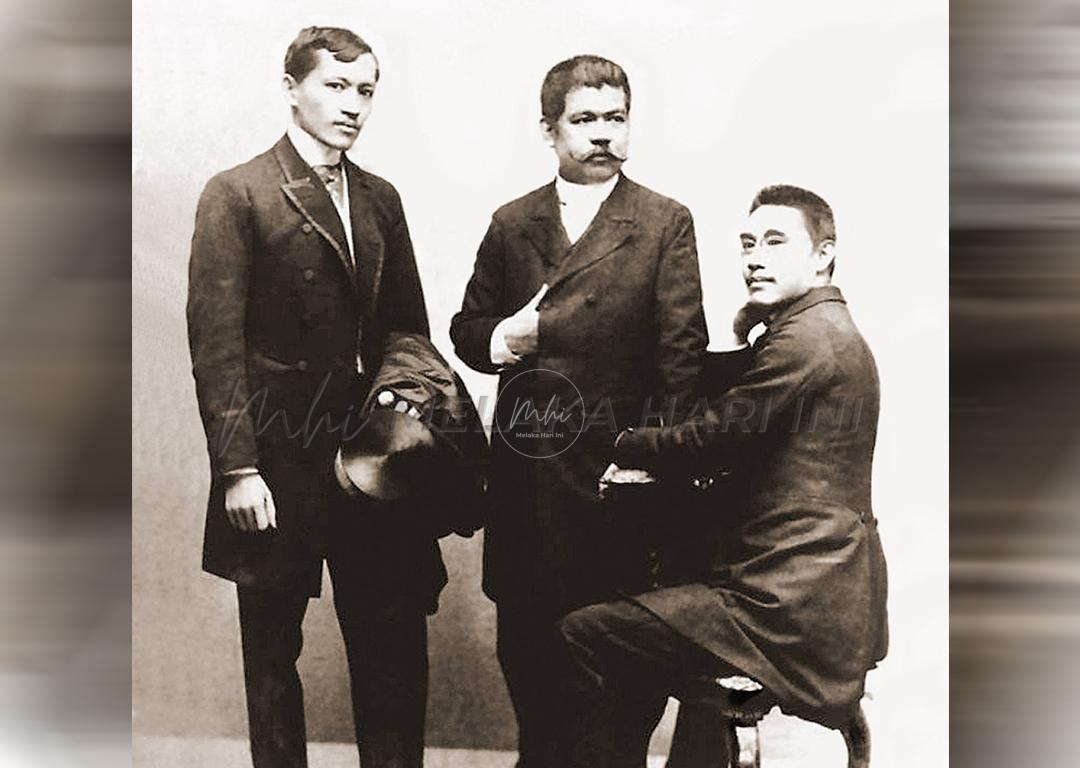
Spanish Journalism and Media in the Malay Archipelago: The Press in early Philippines
THE narrative of colonial presence in the Malay Archipelago has largely forgotten the Spaniards. We remember Dutch and British newspapers, publishing and printing activities in Malaya and the East Indies. There is an amnesia on the Spaniard in the Malaysian narrative.
Philippine press history takes us back to 1593. That year, the Spanish friars brought the printing press from Mexico, and published their first book, Doctrina Cristiana – the first of nearly two dozen religious books to appear in the next four decades in the Philippines. Most were published by Tomas Pinpin, since termed the father of printing in the Philippines.
This was just a little over a century after Johan Gutenberg’s movable type appeared in Europe. And print was only used in America until after 1638. The first Philippine newsletter, as Crispin Maslog wrote in in 1988, is Successos Felices (Glad Tidings), published in 1637. This could also be described as a Spanish newsletter. Although Successos could not be called the first Philippines newspaper, because there was no recorded of other issues after the first one, it is, according to the then University of the Philippines Los Banos don, “a remarkable achievement.”
Compared to the British corantos who picked up news from Dutch and German sources, the Successos was an original work, and not merely a compilation or a translation. Pinpin who was responsible for putting out Successos, wrote about two major events important to Spain – a Spanish naval victory over the Dutch, and the Muslim defeat by the Spanish. The Muslims were described as “Muslim Filipino rebels” – an example of early orientalism.
The Philippines was governed from Mexico. Mexico City was the extension of Spain, and the Manila Galleon Trade, which lasted for 250 years and ended in 1815, linking the New Spain (and Peru) to what was “the far East” (or West). One item brought from across the Pacific was the printing presses – initially not for journalistic purposes, but for converting the Malays to Christianity.
The first newspaper was published in 1811. This was Del Superior Govierno. It carried news about the Spanish-American war, the proceedings of the Spanish Cortes; and in general news from Spain. It was events from Europe, on Napoleon changing the border of nations then, and stories of Spain on the verge of losing it overseas provinces, that were of great interest.
Spain colonized that part of the Malay Archipelago from 1521 to 1900. Del Superior was a weekly newspaper. Probably 100 copies were printed of the initial issue. It was led by two Spanish public servants. Later it was banned by the Spanish Cortes which passed a law prohibiting the reprinting of accounts from foreign gazettes unless approved by Spain. The newspaper was meant for the Spanish elite.
It stopped after 15 issues. The banning of the reprinting of news from foreign publications marked the first act of censorship in the Philippines, according to Maslog.
The year 1846 saw La Esperanza (Hope), the first daily in the Philippines in 1846. In an attempt to avoid trouble with the censors, it was made to be a “colorless and dull newspaper.” Two years later another daily Diario de Manila started publication. The newspaper had its own correspondents in Spain. It was headed by Filipe del Pan, considered to be a competent and able journalist at that time.
Diario lasted for 38 years, the longest among the many dailies during the Spanish period. It was supressed by the Spanish governor-general in 1898 for allegedly inciting the Filipinos against the Spaniards. Diario’s rival was El Comercio, which lasted for 56 years. It ceased publication during the American period in 1925.
Of note is La Opinion which began in 1827. According to Maslog, it was a milestone in the history of journalism in the Philippines. La Opinion marked the beginning of political journalism. It was perhaps the first opinion magazine in the Philippines. It criticized the Spanish friars and campaigned for the ouster of the religious.
But it was La Solidaridad, appearing on 19 February, 1889 that was perhaps remembered most in the brief shining moment of the history of journalism in the Philippines. This was in the latter part of Spanish rule. La Solidaridad was published in Spain and the Philippine. The journal became the rallying point of Filipino intellectuals in Europe.
Edited by Graciano Lopex Jaena, among its contributors were Jose Rizal, Marcelo H. del Pilar and Mariano Ponce. The Spanish-language journal was later banned, thus producing another periodical. This was the Kalayaan, in Tagalog on 1 January 1896, published by the secret revolutionary society, the Katipunan. Only one issue managed to get through before the Spanish discovered the location of the printing press.
Langgani saluran Telegram kami untuk dapatkan berita-berita yang terkini.


